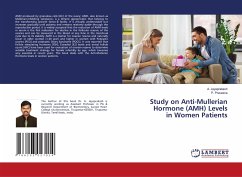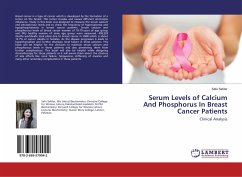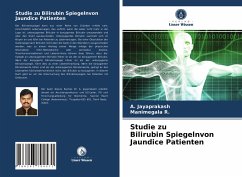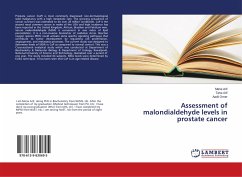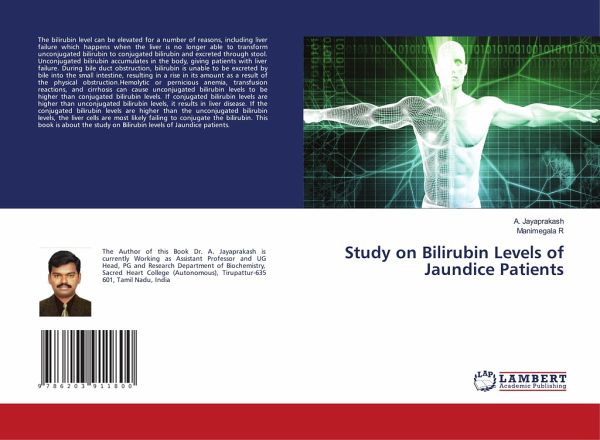
Study on Bilirubin Levels of Jaundice Patients
Versandfertig in 1-2 Wochen
26,99 €
inkl. MwSt.

PAYBACK Punkte
13 °P sammeln!
The bilirubin level can be elevated for a number of reasons, including liver failure which happens when the liver is no longer able to transform unconjugated bilirubin to conjugated bilirubin and excreted through stool. Unconjugated bilirubin accumulates in the body, giving patients with liver failure. During bile duct obstruction, bilirubin is unable to be excreted by bile into the small intestine, resulting in a rise in its amount as a result of the physical obstruction.Hemolytic or pernicious anemia, transfusion reactions, and cirrhosis can cause unconjugated bilirubin levels to be higher t...
The bilirubin level can be elevated for a number of reasons, including liver failure which happens when the liver is no longer able to transform unconjugated bilirubin to conjugated bilirubin and excreted through stool. Unconjugated bilirubin accumulates in the body, giving patients with liver failure. During bile duct obstruction, bilirubin is unable to be excreted by bile into the small intestine, resulting in a rise in its amount as a result of the physical obstruction.Hemolytic or pernicious anemia, transfusion reactions, and cirrhosis can cause unconjugated bilirubin levels to be higher than conjugated bilirubin levels. If conjugated bilirubin levels are higher than unconjugated bilirubin levels, it results in liver disease. If the conjugated bilirubin levels are higher than the unconjugated bilirubin levels, the liver cells are most likely failing to conjugate the bilirubin. This book is about the study on Bilirubin levels of Jaundice patients.



